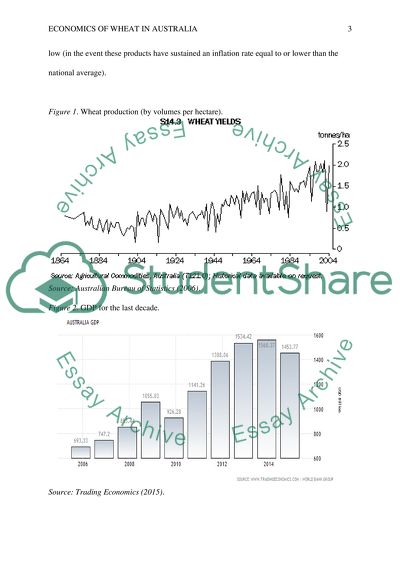Cite this document
(“The Economics of Wheat in Australia Essay Example | Topics and Well Written Essays - 1000 words”, n.d.)
The Economics of Wheat in Australia Essay Example | Topics and Well Written Essays - 1000 words. Retrieved from https://studentshare.org/macro-microeconomics/1701077-the-economics-of-wheat-in-australia
The Economics of Wheat in Australia Essay Example | Topics and Well Written Essays - 1000 words. Retrieved from https://studentshare.org/macro-microeconomics/1701077-the-economics-of-wheat-in-australia
(The Economics of Wheat in Australia Essay Example | Topics and Well Written Essays - 1000 Words)
The Economics of Wheat in Australia Essay Example | Topics and Well Written Essays - 1000 Words. https://studentshare.org/macro-microeconomics/1701077-the-economics-of-wheat-in-australia.
The Economics of Wheat in Australia Essay Example | Topics and Well Written Essays - 1000 Words. https://studentshare.org/macro-microeconomics/1701077-the-economics-of-wheat-in-australia.
“The Economics of Wheat in Australia Essay Example | Topics and Well Written Essays - 1000 Words”, n.d. https://studentshare.org/macro-microeconomics/1701077-the-economics-of-wheat-in-australia.


